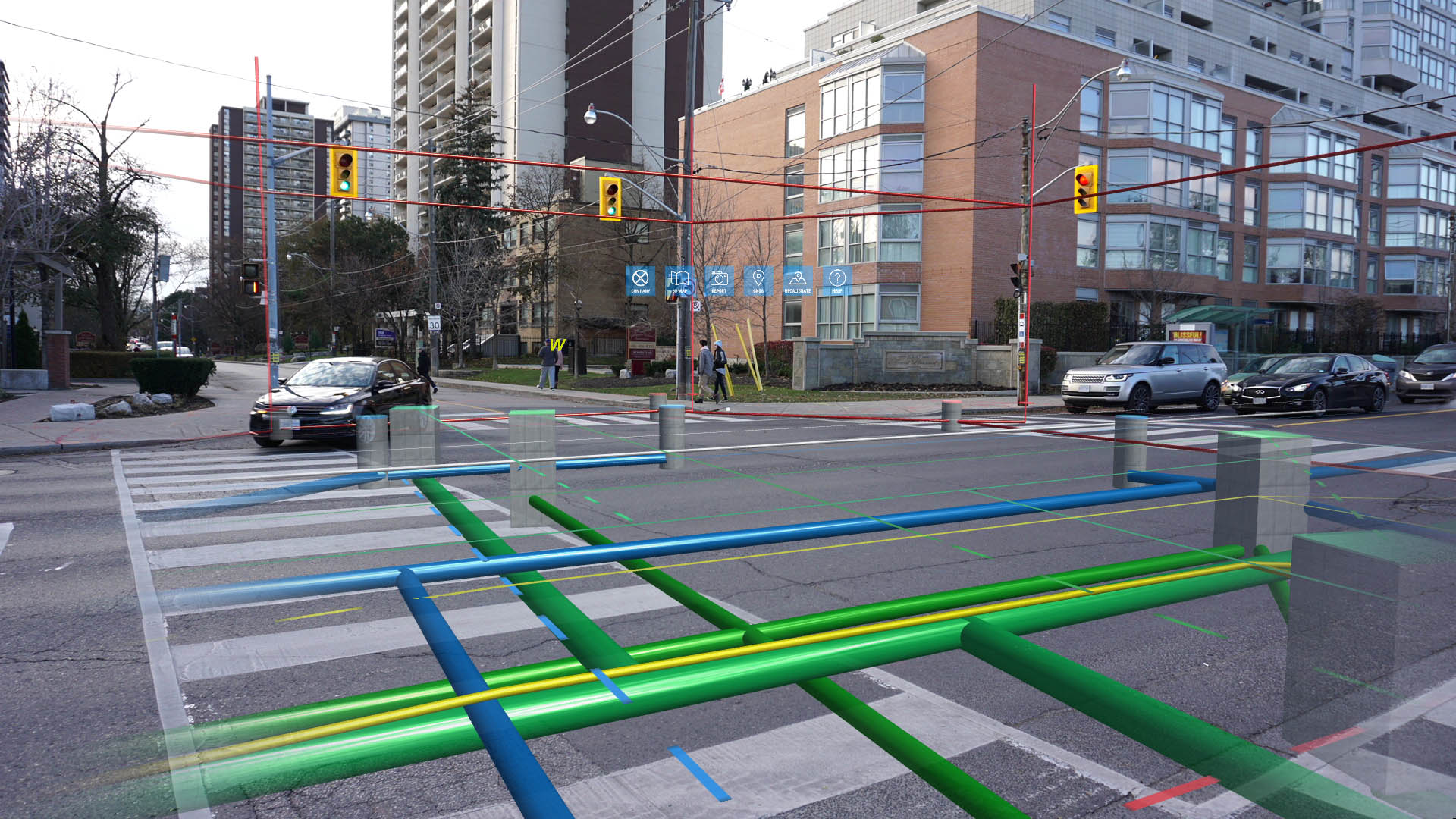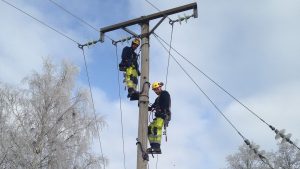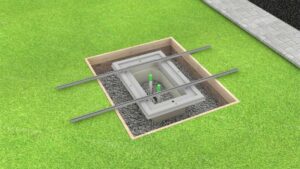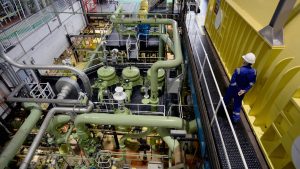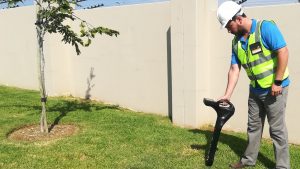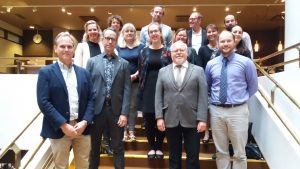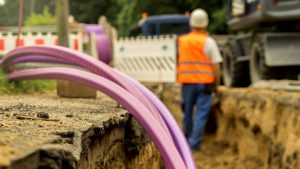From both technical and economic perspectives, the ability to provide potentially unlimited transmission capacity is the most obvious advantage of Dense Wavelength Division Multiplexing technology.
The current investment in fiber plant can not only be preserved, but optimized by a factor of at least 32. As demands change, more capacity can be added, either by simple equipment upgrades or by increasing the number of lambdas on the fiber, without expensive upgrades.
Capacity can be obtained for the cost of the equipment, and existing fiber plant investment is retained.
Bandwidth aside, DWDM’s most compelling technical advantages can be summarized as follows:
- Transparency—Because DWDM is a physical layer architecture, it can transparently support both TDM and data formats such as ATM, Gigabit Ethernet, ESCON, and Fibre Channel with open interfaces over a common physical layer.
- Scalability—DWDM can leverage the abundance of dark fiber in many metropolitan area and enterprise networks to quickly meet demand for capacity on point-to-point links and on spans of existing SONET/SDH rings.
- Dynamic provisioning—Fast, simple, and dynamic provisioning of network connections give providers the ability to provide high-bandwidth services in days rather than months.
SONET with Dense Wavelength Division Multiplexing
By using DWDM as a transport for TDM, existing SONET equipment investments can be preserved. Often new implementations can eliminate layers of equipment.
For example, SONET multiplexing equipment can be avoided altogether by interfacing directly to DWDM equipment from ATM and packet switches, where OC-48 interfaces are common.
Additionally, upgrades do not have to conform to specific bit rate interfaces, as with SONET, where aggregation of tributaries is locked into specific values.
Optical signals become attenuated as they travel through fiber and must be periodically regenerated in core networks. In SONET/SDH optical networks prior to the introduction of DWDM, each separate fiber carrying a single optical signal, typically at 2.5 Gbps, required a separate electrical re-generator every 60 to 100 km (37 to 62 mi).
As additional fibers were “turned up” in a core network, the total cost of regenerators could become very large, because not only the cost of the regenerators themselves, but also the facilities to house and power them, had to be considered. The need to add regenerators also increased the time required to light new fibers
While optical amplifiers could be used in the SONET case to extend the distance of spans before having to boost signal power, there would still need to be an amplifier for each fiber.
Because with DWDM all four signals can be transported on a single fiber pair (versus four), fewer pieces of equipment are required. Eliminating the expense of regenerators (RPTR) required for each fiber results in considerable savings.
A single optical amplifier can re-amplify all the channels on a Dense Wavelength Division Multiplexing fiber without de-multiplexing and processing them individually, with a cost approaching that of a single re-generator.
The optical amplifier merely amplifies the signals; it does not reshape, re-time or re-transmit them as a re-generator does, so the signals may still need to be regenerated periodically. But depending on system design, signals can now be transmitted anywhere from 600 to thousands of kilometers without regeneration.
In addition to dramatically reducing the cost of regenerators, Dense Wavelength Division Multiplexing systems greatly simplify the expansion of network capacity. The only requirement is to install additional or higher bit-rate interfaces in the DWDM systems at either end of the fiber.
In some cases it will only be necessary to increase the number of lambdas on the fiber by deploying existing interfaces. The existing optical amplifiers amplify the new channel without additional regenerators. In the case of adding higher bit-rate interfaces, fiber type can become a consideration.
Although amplifiers are of great benefit in long-haul transport, they are often unnecessary in metropolitan networks. Where distances between network elements are relatively short, signal strength and integrity can be adequate without amplification. But with MANs expanding in deeper into long-haul reaches, amplifiers will become useful.

